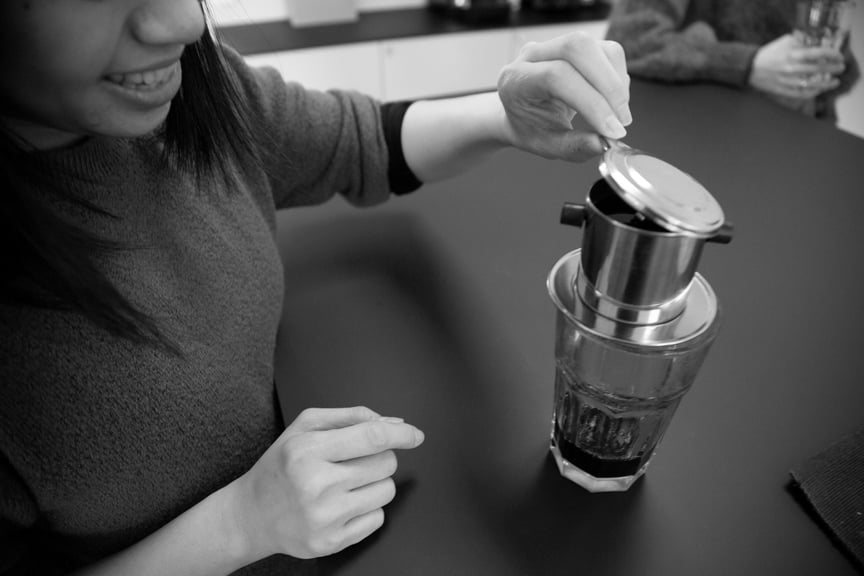An experienced HubSpot specialist with many HubSpot certifications under his belt. Born in the Netherlands and moved to Sweden in 2019.
Keep me updated!
Subscribe
By Tobias Pasma

When I started in the field of marketing automation, I thought drip campaigns were just for people who weren't skilled enough or didn't have the right tools to set up lead nurturing. I saw drip campaigns as inferior to lead nurturing. But soon, it became clear that both are good tactics, but they become truly great when combined.
In this article, we'll look at email drip campaigns and lead nurturing, define what these are, how they are used, and what they are great for. And then, we'll dive into combining the two into one approach.
Before we get into drip campaigns and lead nurturing, let's first stop at marketing automation. Marketing automation is both a software category and a tactic; it uses technology to automate repetitive tasks in your marketing processes. Often the first thing people think of when they hear marketing automation is sending out emails automatically. But it's a lot more than that; it can entail a lot more, not just the sending out of messages (over multiple channels), but also personalisation, segmentation, lead scoring or automated cleaning of your marketing data.
A drip campaign is a series of messages (be it email or otherwise) that are sent based on time delays. A typical example is that you download a whitepaper, and a week later, you receive an email asking you to sign up for a webinar. A week after, you receive an email asking you to read a case study, and a week later, an email asking if you want to download a brochure.
It's a relatively static and linear process but not necessarily ineffective if used for the right goal. For example, a drip campaign is a perfect tool for sending homework to participants in an online course at the right pace. Another example is when you want to keep leads engaged for a more extended period; maybe the timing wasn't right for them to buy, but they would be ready in six months. Sending an email once a month with a helpful resource might be an excellent way to hold your place in your customers' minds for a little bit longer. But I'm sure you can also see the problem with this; what if the customer visits your webpage and places an order on your webshop after two months; do you still want to send him those four other drip messages?
Where drip campaigns use time delays to decide when to send a message, lead nurturing uses the lead's behaviour. This could be an action they did on your website, in a previous email you sent, an interaction with an ad, or even the lack of an action. Doug gives some great examples of lead nurturing in this article, like reactivation flows, welcome flows, or review & feedback requests.
Since there are many different behaviours your potential customer can take, where in many cases it would be beneficial if you act upon them, the options are near limitless. So, start with the most common behaviour and build actions based on those. Most often, these actions are relatively short (one email, one personalisation change on the website, one notification, etc.), but when put all together, they have a significant impact.
Using either of the two, you can only do some things; sending a welcome email to a new subscriber is pure lead nurturing. And to keep a potential lead engaged with your company over a more extended period, a drip campaign is a lot easier.
Combining the two will lead to the most effective approach. When designing a marketing automation framework, we start with drip campaigns at their core. Not drip campaigns that are purely based on timing, but campaigns that take the lead's actions (and known information) into consideration. For example, we might have leads drop out of drip campaign A when they request a meeting with sales or download a content piece where drip campaign B might be more fitting.
Around that core of intelligent drip campaigns are multiple (smaller) leads nurturing actions, like the reactivation emails (we've been missing you), database cleaning emails (would you like to stay in our database?), or welcome emails (thank you for joining our knowledge portal).
If you want to go full-on with marketing automation, you'll end up using both drip and nurturing campaigns. I hope this article has sparked some ideas for you on how and when to use these tactics and how to (re)design your marketing automation framework. No worries if you do not have a marketing automation framework in place yet. We're happy to help you out 😊